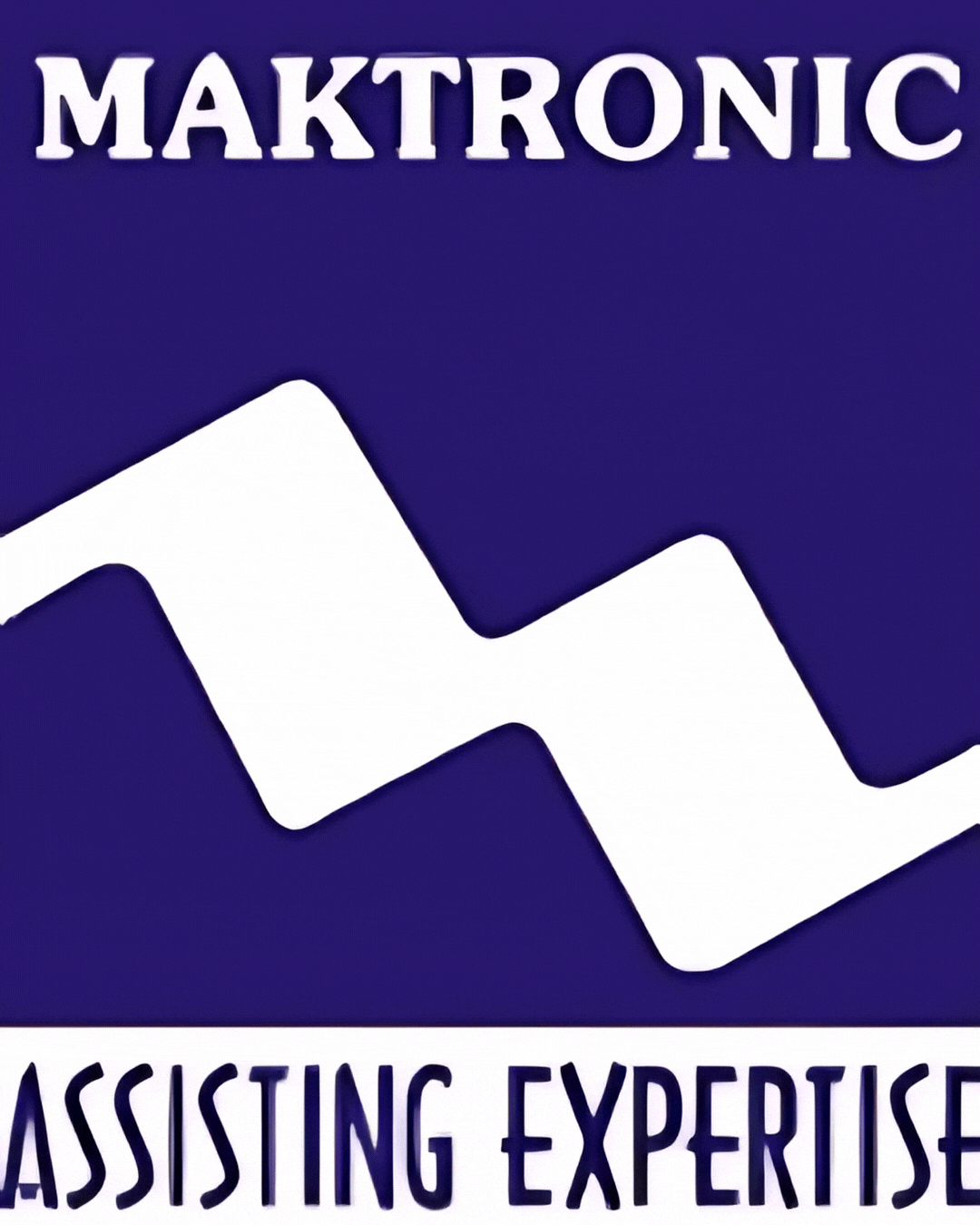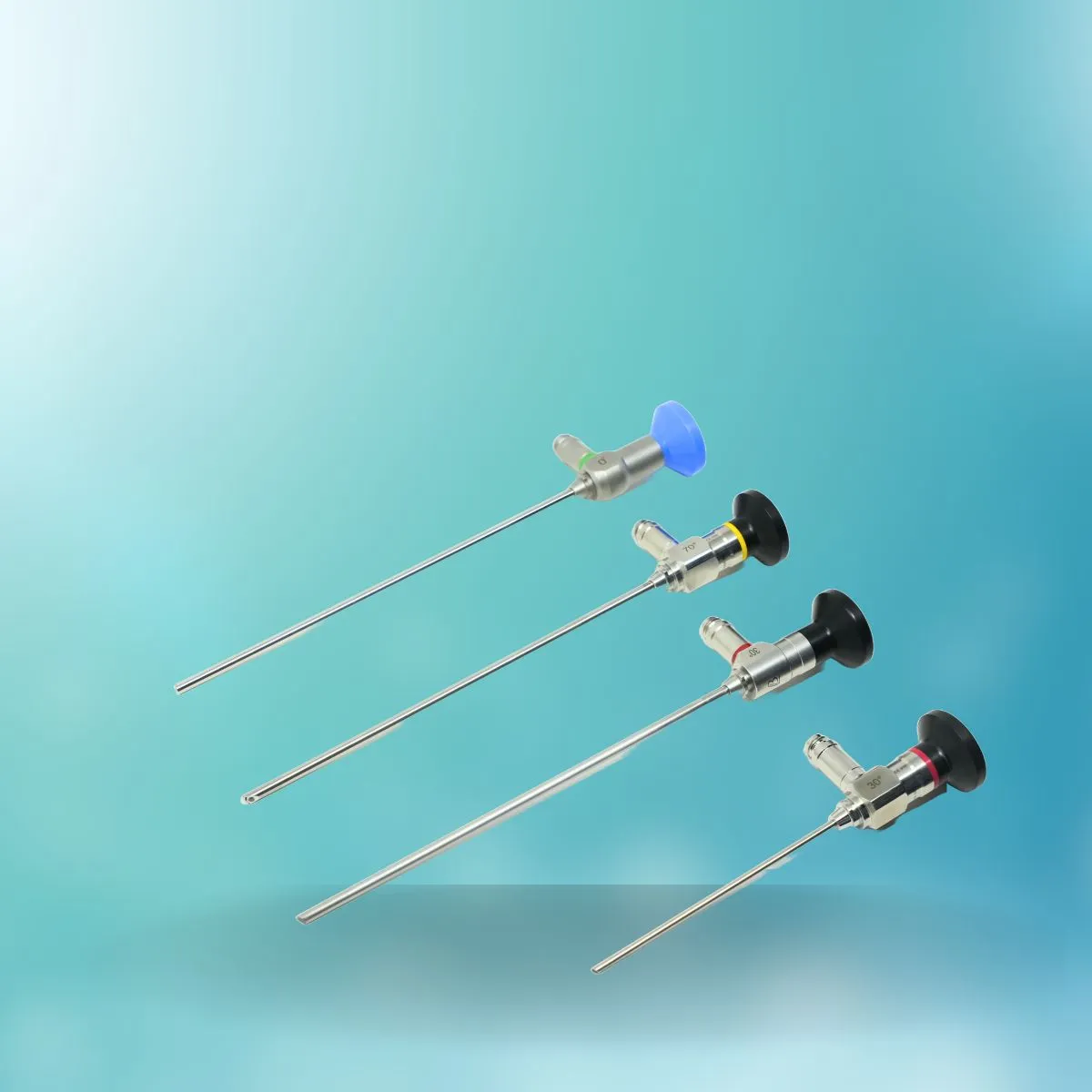SCOPE
Description
An arthroscope (commonly referred to as a scope) is a specialized medical instrument used in orthopedic surgery to visually inspect, diagnose, and treat joint conditions through minimally invasive procedures. It is a thin, flexible tube with a light and camera at the end, allowing the surgeon to view the inside of a joint, such as the knee, shoulder, hip, or ankle, on a monitor in real-time. This tool has revolutionized orthopedic surgery by providing a less invasive alternative to traditional open surgery, reducing recovery times and minimizing complications.
Structure and Function:
The arthroscope consists of several key components:
- Optical Fiber System: The camera at the end of the arthroscope sends images to a monitor, allowing the surgeon to clearly visualize the joint structures.
- Light Source: The scope is equipped with a bright light to illuminate the joint, ensuring clear visibility in the typically dark joint space.
- Instruments: Often, the arthroscope is used in conjunction with other small surgical instruments that are inserted through additional small incisions. These instruments allow the surgeon to perform procedures like tissue removal, repair, or biopsy.
Mechanism of Action:
The arthroscope is inserted into the joint through a small incision, often no larger than 1 cm. Once inside, the camera sends high-definition images of the joint to a video monitor, allowing the surgeon to examine the joint's interior in detail. Surgeons can assess the extent of damage caused by conditions such as arthritis, tendon tears, meniscal injuries, and cartilage damage.
Types of Arthroscopy:
- Rigid Arthroscope: This is the most common type used for joint inspections. It is typically used for larger joints such as the knee, shoulder, or hip.
- Flexible Arthroscope: A more flexible version used for more confined spaces, such as the wrist or ankle, where flexibility and maneuverability are required.
Applications in Orthopedic Surgery:
- Diagnosis: Arthroscopy is widely used for diagnosing joint problems. It provides a clear view of the inside of the joint, helping to confirm conditions like torn cartilage, ligaments, or synovitis.
- Meniscal Tears: In knee surgery, the arthroscope is often used to diagnose and treat tears in the meniscus, allowing surgeons to remove or repair the damaged tissue.
- Cartilage Damage: Arthroscopic surgery is frequently employed to address damaged cartilage, particularly in conditions like osteoarthritis. Surgeons may use the arthroscope for cartilage debridement or to perform procedures like microfracture to stimulate cartilage growth.
- Ligament and Tendon Repair: For injuries to the ligaments and tendons, such as rotator cuff tears or anterior cruciate ligament (ACL) injuries, the arthroscope is used to guide repairs with minimal disruption to surrounding tissues.
- Synovitis Treatment: The arthroscope allows for the removal of inflamed synovial tissue (synovitis) in conditions like rheumatoid arthritis, reducing pain and improving joint function.
- Joint Cleaning (Debridement): For certain joint conditions, the arthroscope can be used to clean out debris, such as broken cartilage, bone spurs, or damaged tissue, improving joint mobility and reducing pain.
Advantages of Arthroscopy:
- Minimally Invasive: One of the key advantages of arthroscopy is that it requires only small incisions (usually two or three), which reduces the trauma to the body compared to traditional open surgeries.
- Faster Recovery: Due to the minimal invasiveness, patients typically experience less pain, reduced scarring, and quicker recovery times compared to traditional surgery.
- Precision: The use of real-time video allows surgeons to perform highly precise procedures, ensuring accurate diagnosis and treatment with minimal damage to healthy tissues.
- Reduced Risk of Infection: Smaller incisions reduce the overall risk of infection and postoperative complications compared to larger, open procedures.
- Outpatient Procedure: Many arthroscopic procedures can be performed on an outpatient basis, meaning patients can go home the same day, reducing hospital stays and costs.
Considerations:
- Technical Skill: Arthroscopic surgery requires specialized training and experience, as surgeons must navigate the joint and tissues with precision through small incisions.
- Limited to Soft Tissue and Small Bone Issues: While arthroscopy is highly effective for soft tissue problems (such as cartilage, tendons, and ligaments), it may not be suitable for major bone injuries or conditions requiring large-scale bone reconstruction.
- Potential for Complications: While rare, complications such as infection, blood vessel or nerve injury, or damage to surrounding tissues can occur.
- Not Always a Complete Solution: In some cases, arthroscopy may only provide a partial solution, and additional surgeries may be required for more complex or severe joint conditions.
Conclusion:
An arthroscope in orthopedic surgery is an invaluable tool that allows for the direct visualization, diagnosis, and treatment of joint conditions with minimal invasiveness. Its use has greatly improved the quality of orthopedic care, allowing surgeons to address joint problems with precision, reduce the need for large incisions, and shorten recovery times. Whether used for diagnosing meniscal tears, repairing ligaments, treating arthritis, or performing joint cleaning, arthroscopy offers significant benefits for both patients and surgeons, promoting quicker recovery, less postoperative pain, and a faster return to normal activities.


